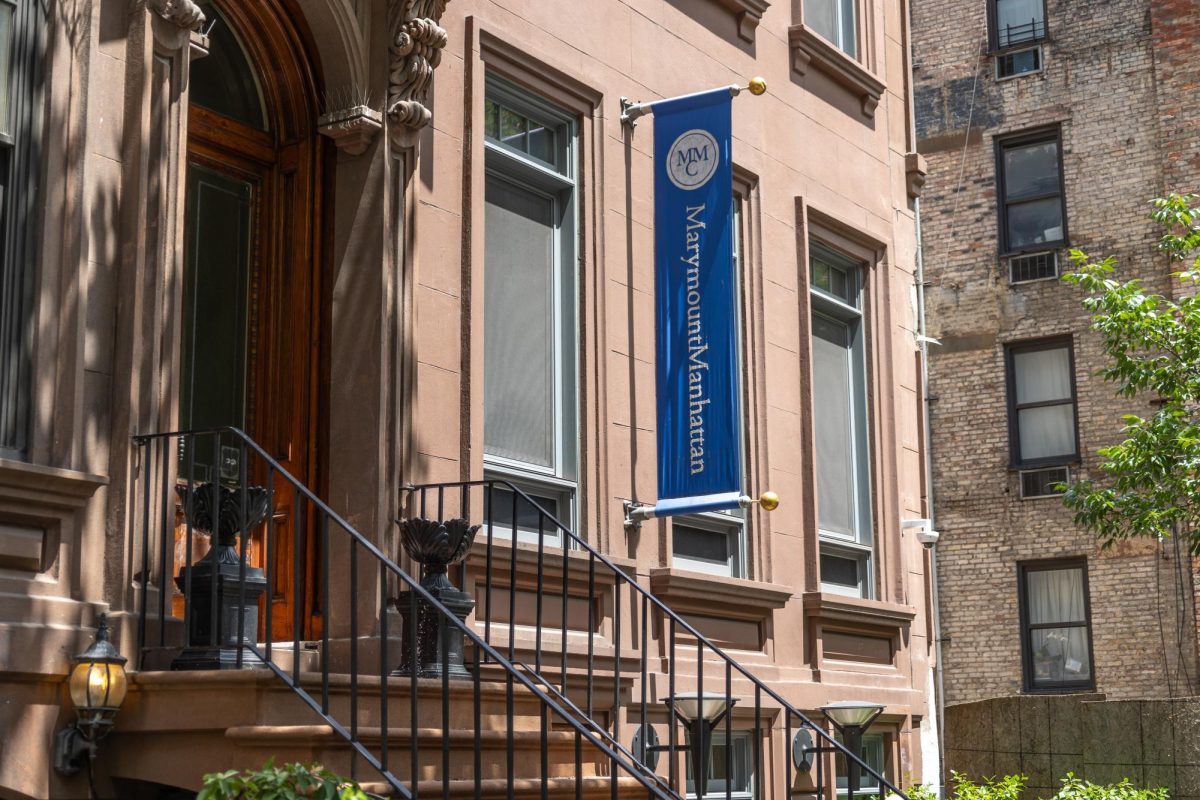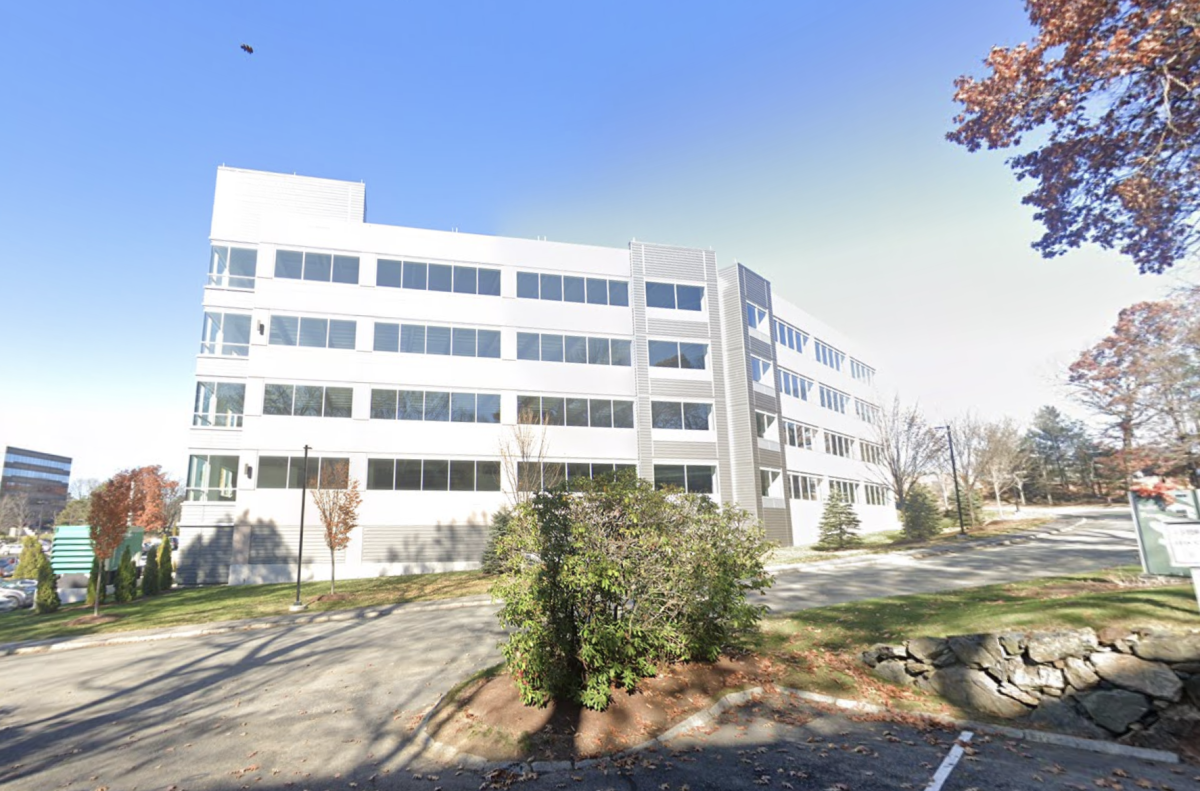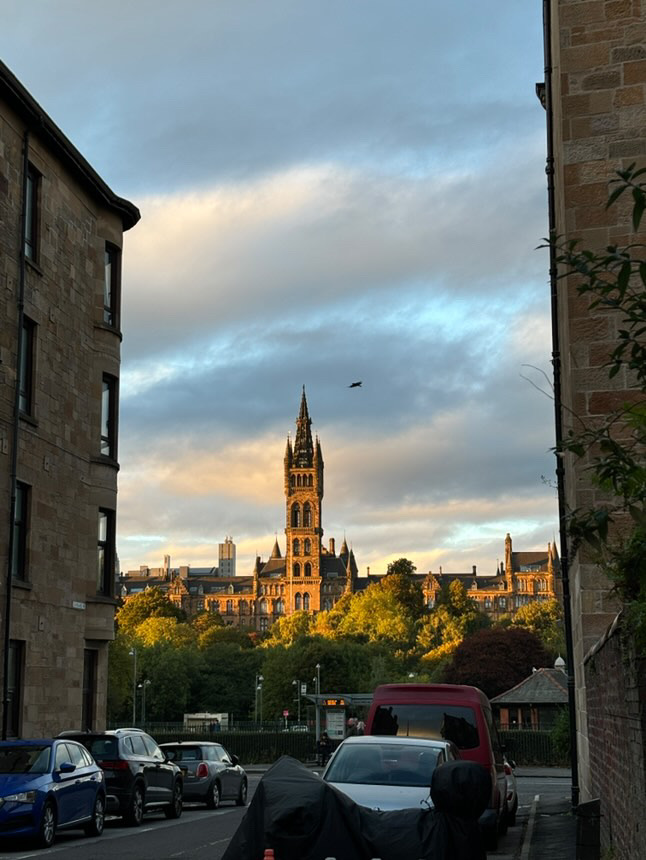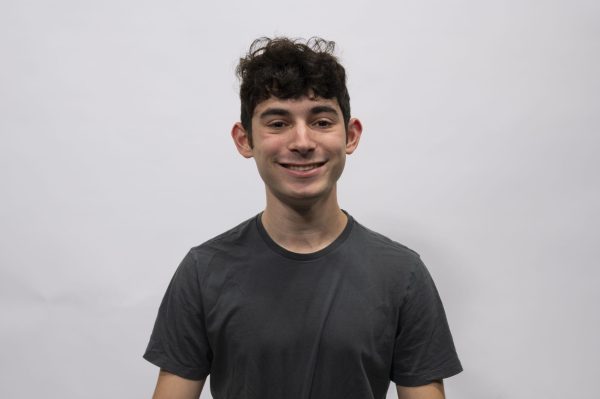When news broke May 29 that Northeastern had acquired Marymount Manhattan College, or MMC, in New York City, current MMC fourth-year acting major Abby Mulligan said her dad, who had just read about the merger in The New York Times, was the first to tell her.
“At first, I thought he was joking,” she said.
She then saw the announcements on social media and an email sent out to students by MMC, and a flurry of texts began coming in from friends.
“I was shocked, but I wasn’t surprised,” Mulligan said. “There have been rumors about other schools buying Marymount for so long, it was par for the course.”
Marymount Manhattan College, originally founded in 1936, is located on the Upper East Side of Manhattan and has a well-known performing arts program. After the merger, the school will be known as “Northeastern University – New York City,” Northeastern President Joseph E. Aoun wrote in a statement announcing the merger May 29.
But despite promises that tuition will remain the same after the merger and student financial aid will not be affected, current MMC students told The News they’re worried about the trajectory of their remaining time in college. Marymount Manhattan is a small liberal arts college with most programs dedicated to the performing arts, and Mulligan said she has concerns about the school maintaining core elements of its identity.
“Marymount is such a small school and a small collective that it is definitely going to be interesting now that we are kind of this big name,” she said. “I think specifically in the performing arts sphere, Marymount was making a name for itself with dance, musical theatre and acting alum[s], and I don’t think Northeastern has that same … connection with the arts as Marymount.”
Marymount Manhattan College offers 34 majors, many of which are not offered by Northeastern, including acting, dance, theatre design and technology and stage and production management. Northeastern offers one theatre major out of a total of 290 majors offered. Almost 60% of undergraduate students at MMC in 2022 were enrolled in performing arts majors, according to Data USA.
In an FAQ published by MMC about the merger, MMC said that the schools will “work together to map existing degree programs with Northeastern’s curriculum across disciplines, and identify opportunities to leverage strengths and create new offerings for students.” An email sent to MMC students May 29 said that once the merger is complete, “students enrolled and in good standing at MMC at that time will be eligible for automatic enrollment at Northeastern.”
“They say that students will be able to just transfer when it becomes Northeastern, but only if they’re in good academic standing, which can be fuzzy depending on which institution it is,” said Marc Russell, a third-year MMC dance major. “That’s crazy that you’re going to merge schools with something that doesn’t offer what the majority of your students go to school for.”
In his statement, Aoun emphasized that New York is a “financial and media capital” and “home to a fast-growing technology sector.”
“Over time, enrollments will span a range of academic disciplines, particularly those that align with the unparalleled economic ecosystem that is New York City,” Aoun wrote.
When The News asked whether the New York campus would eventually shift to focus on technology and economics, a Northeastern spokesperson said that the only information being released about the merger as of now is in the school’s FAQ and Aoun’s statement. Students at Mills College, the small, humanities-focused liberal arts school Northeastern acquired in 2021, have criticized Northeastern for shifting majors on campus to align with the job opportunities of Silicon Valley. Several historic majors at Mills College, including dance, ethnic studies and child development and education, were eliminated immediately following Northeastern’s acquisition.
The campus will be the university’s first in New York, marking another milestone in Northeastern’s expansion. Northeastern added its first satellite campus outside of Boston in Charlotte, North Carolina in 2011. Before 2011, the only other property owned by Northeastern since the school opened in 1898 was the Marine Science Center in Nahant, founded in 1967.
“The American system of higher education is going to change dramatically in the 21st century,” Aoun said in a press release from 2011 announcing the school’s intentions to establish campuses in cities across the country. “Our existing college campuses are based on a model that we imported from England in the 17th century. This model cannot meet the full demands of contemporary society. We need to develop truly modern campuses — regional platforms for graduate education and collaborations between higher education and industry.”
In the coming years, Northeastern would open 11 more campuses in Arlington, Virginia; Burlington, Massachusetts; Miami; Oakland, California; Portland, Maine; Silicon Valley, California; Seattle; London; Toronto, Vancouver and, now, New York City.
Although 10 campuses exclusively provide graduate and certificate programs, with the addition of MMC, four campuses will teach undergraduates. This is in addition to 10 international schools that Northeastern collaborates with for its N.U.in. program, which launched in 2007 when a group of students studied at Swinburne University of Technology in Melbourne, Australia.
The acquisition comes at a time when smaller, liberal arts-focused colleges are struggling to keep up amidst nationwide declining enrollment and a looming demographic dropoff of college-aged students. According to tax filings, MMC’s assets have decreased while total operating costs have grown steadily, prompting the school to look for plans to preserve the school’s mission. MMC’s 27 members of the Board of Trustees unanimously approved the merger, Northeastern’s FAQ reads.
Kevin Cavanagh, a consultant at Higher Ed Consolidation Solutions — a consulting firm that solely focuses on mergers of schools in higher education — said he thinks consolidation of schools will become more common as small schools are increasingly “having a difficult time with inflation issues, cost of living increases and the cost of running schools at the same time that revenues are going down.” However, Cavanagh said many boards of trustees and executive teams of colleges and universities facing financial pressures often perceive merging “as a failure.”
Buying smaller colleges is a favorable option for expansion, and one Northeastern employed three years ago when it merged with Mills College in Oakland, a decision that continues to face backlash from alumni and current students.
But Cavanagh said that merging can also be positive for smaller schools that have a rich history and legacy, like Mills and Marymount.
“Even if you lose some characteristics of the original school, it’s better than losing the school completely because you waited too long to pursue partnerships and the school had to close completely and get taken off of the map of American higher education,” Cavanagh said. “I think colleges, college boards and college executives are beginning to realize that partnering is a much better option than completely closing.”
Some MMC students, though, say their concerns about the merger stem from the stark size difference between MMC and Northeastern and what implications Northeastern’s ownership will have on MMC’s identity.
“We are kind of known in good ways and bad ways for being a really tight-knit community,” said Chloe Selavka, a fourth-year MMC playwriting and directing double major.
Marymount Manhattan does not have a varsity athletics program, which Selavka said sets the school apart. “I think it’s hard because we don’t really have something that we all rally behind and there’s nothing clever tricking us to all love one another and love the school,” Selavka said.
Nevertheless, the school has traditions, Russell said, including Strawberry Fest and Apple Fest, which are held during the spring and fall respectively, and their mascot Griffy.
Northeastern has seen a drastic increase in its number of applications over the years, receiving around 30,000 applicants in 2007 to over 98,000 applicants in 2024. As of fall 2023, enrollment at the Boston campus stacked up to 23,000 undergraduates and more than 24,000 graduate students.
The student body is considerably smaller at MMC, with 1,400 undergraduate students.
Northeastern’s enrollment continues to grow despite a dropping acceptance rate, partly due to alternate admissions pathways that allow freshmen to study abroad at the start of college. The 5.65% acceptance rate that Northeastern reported for students in fall of 2023 only reflects the students admitted to the Boston campus, said Northeastern Chancellor and Senior Vice President for Learning Ken Henderson in an interview with The News.
“It’s easier to get into and have access to Northeastern than the acceptance rates would lead you to believe,” said Nat Smitobol, a college admissions counselor at IvyWise and former senior assistant director of admissions at New York University and NYU Abu Dhabi. “And that’s because of really good enrollment management at Northeastern. Northeastern has become a prestigious school.”
Vice President of Communications Renata Nuyl said reporting acceptance rates in this way aligns with federal guidelines.
“For more than 15 years, Northeastern has run a robust set of first-year pathway programs, most notably our popular NUin program. As we continue to build the global university system, we are able to provide first-year students with even more opportunities to enter Northeastern,” Nuyl said in a statement to The News.
“Consistent with federal reporting guidelines — and the practice of other universities with alternative entry programs — the admit rate is determined by dividing the number of students admitted to the Boston campus by the total number of applicants,” the statement reads. “This is standard across higher education. Similarly, standardized test scores – which are optional for all applicants – are reported for those admitted directly to the Boston campus.”
The future largely remains uncertain for MMC and its students. Northeastern did not provide a timeline for when the merger will be complete nor what programs will be offered at its newest campus.
“From the reading of the email, it sounds like it’s still gonna be Marymount, just Northeastern,” Selavka said. “But I think this will really change the school, and I don’t know if it’s for the better.”












